7 Objects of Affection
1
Professor: Daniel Young, entomology
Object: Beetle-mania
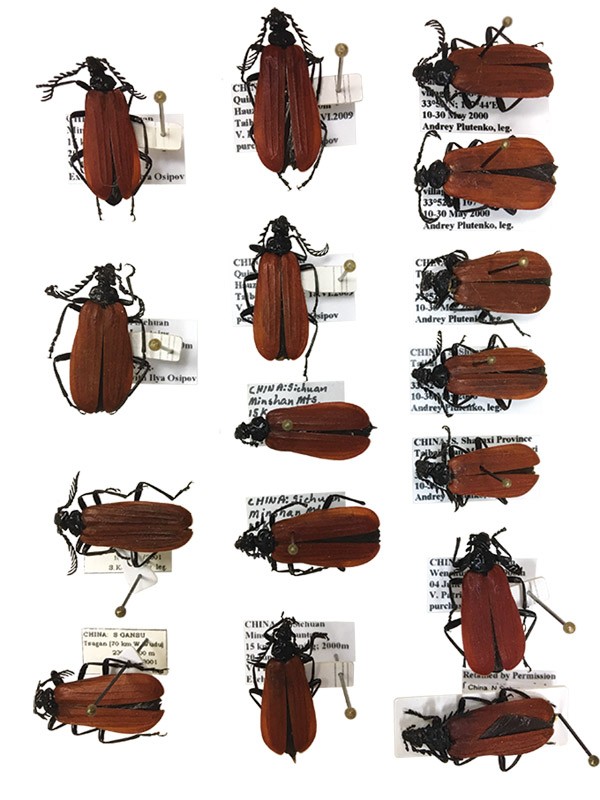
Doug Erickson
“Most everything in my office probably would be considered creepy or gross to many people, but not to me,” says Young, whose officemates are thousands of dead insects. His research collection of fire- colored beetles — his specialty — is estimated to be the third-largest in the world.
2
Professor: Harry Brighouse, philosophy
Object: Doctor Who art
Forty-four years ago, Brighouse, age 10 and living north of London, ran to a newsstand and bought three copies of Radio Times, a TV Guide-like publication with Doctor Who on its cover. Today, he’s known for an office full of objects related to the British television series, including a reproduction of that 1973 cover. “The show influenced my values and views on society, even teasing me into abstract thinking, which is what I ended up doing for life,” he says.
3
Professor: Carrie Sperling, law
Object: Needlepoint house
Soon after Sperling successfully helped a client through the Wisconsin Innocence Project, the man thanked her with this needlepoint house made in prison. Students who take the time to look it over are rewarded: Sperling stocks its numerous secret compartments with candy.
4
Professor: John Valley, geoscience
Object: Rock that contained the oldest known piece of Earth
Valley extracted the rock from an outcrop in Australia. In 2014, he and a team of researchers reported that it contained a speck of zircon — a tiny, hardy crystal — that is 4.4 billion years old. That’s the oldest known bit of Earth’s crust. Alas, the priceless zircon is stored elsewhere on campus under lock and key. But Valley keeps in his office the rock it came from, itself one of the oldest objects on campus at three billion years old.
5
Professor: Emily Stanley, integrative biology
Object: Lake sediment
As pioneers of freshwater science, UW lake ecologists Edward Birge and Chancey Juday analyzed hundreds of Wisconsin lakes. Stanley cherishes one of their sediment samples, passed down to her from a predecessor and marked “Aug. 7, 1907, Lake Manitowish.” It’s now just dried mud in a discolored bottle, but it’s also a point of pride.
6
Professor: Bill Tracy, agronomy
Object: John Steuart Curry reproduction
Curry, one of the great painters of American Regionalism, served as the first artist- in-residence at the agricultural college. In 1941, he painted Dean Chris Christensen in a field of sweet corn. The original hangs at the Chazen Museum of Art, but a 72-by-48-inch reproduction that once graced the dean’s residence ended up in a warehouse, where Tracy, agronomy department chairman, rescued it. “I’m very proud that it’s in a place of honor again,” he says.
7
Professor: Sandra Adell, Afro-American studies
Object: Painted mannequin legs
While jogging years ago, Adell rescued the discarded legs from a curb. They languished, unpainted, in a corner of her office until 2004, when student Brody Rose ’99, MFA’05 stopped by. “You have to paint my legs,” Adell told him. They now rise prominently from her desk, capped with high heels from her closet. “What I hope the legs convey,” she says, “is that this professor is a bit unconventional and a lot of fun.”

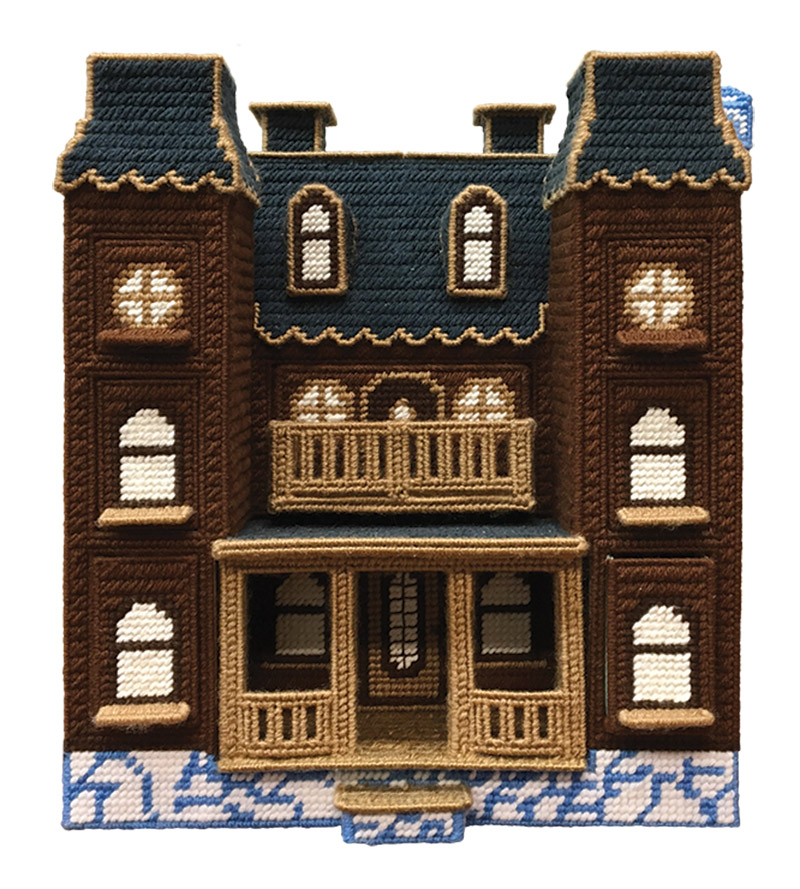

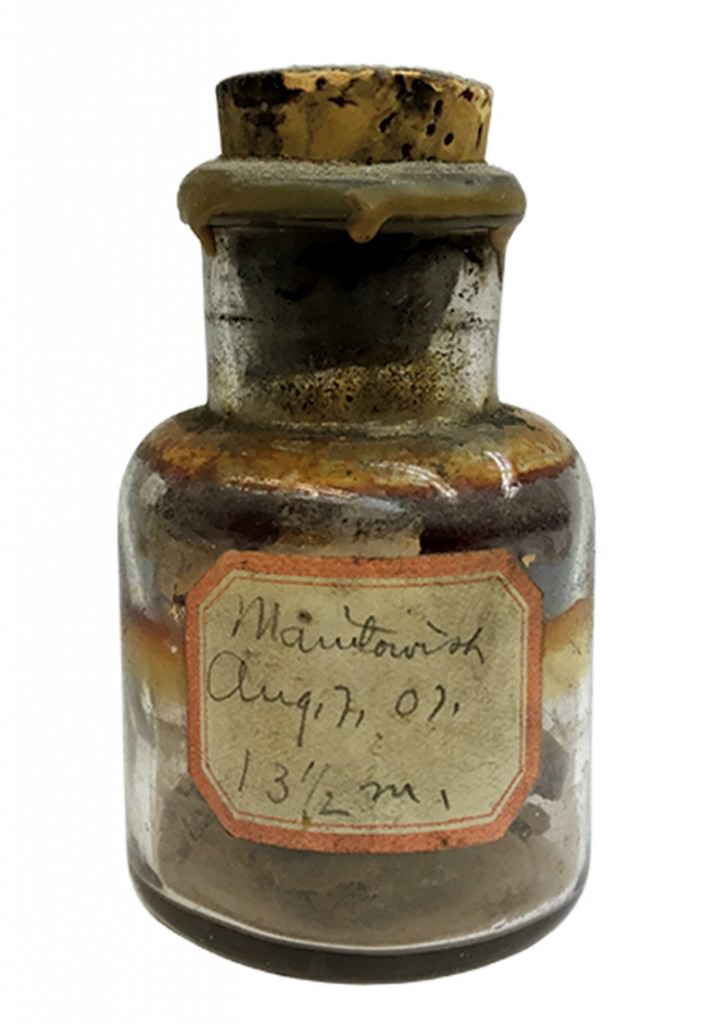
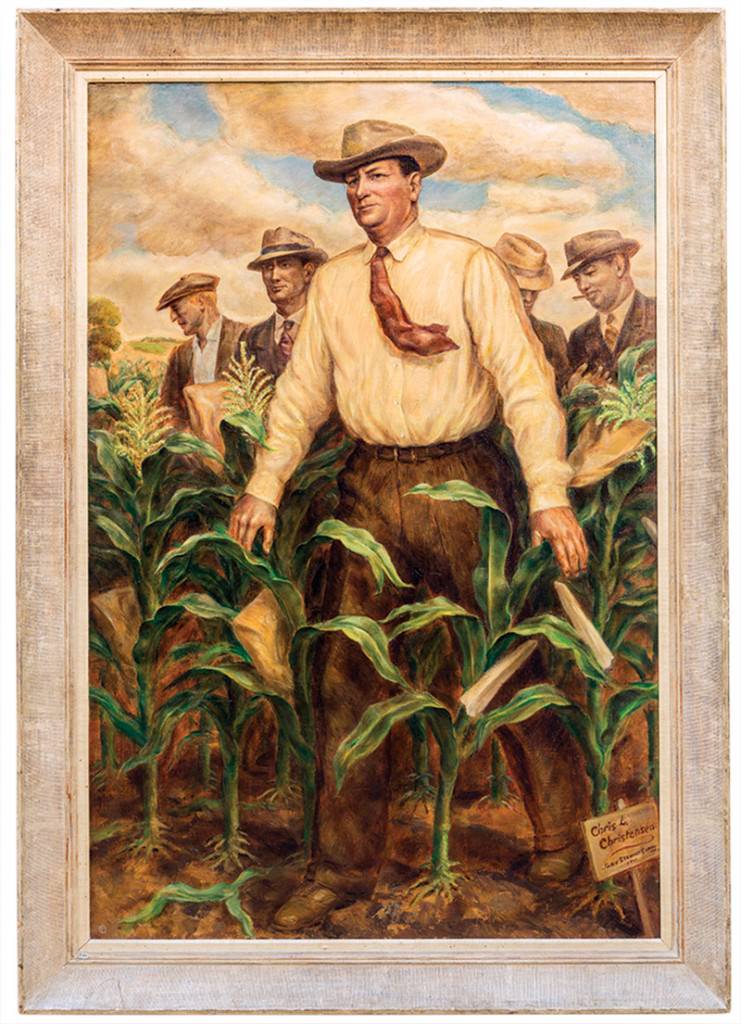
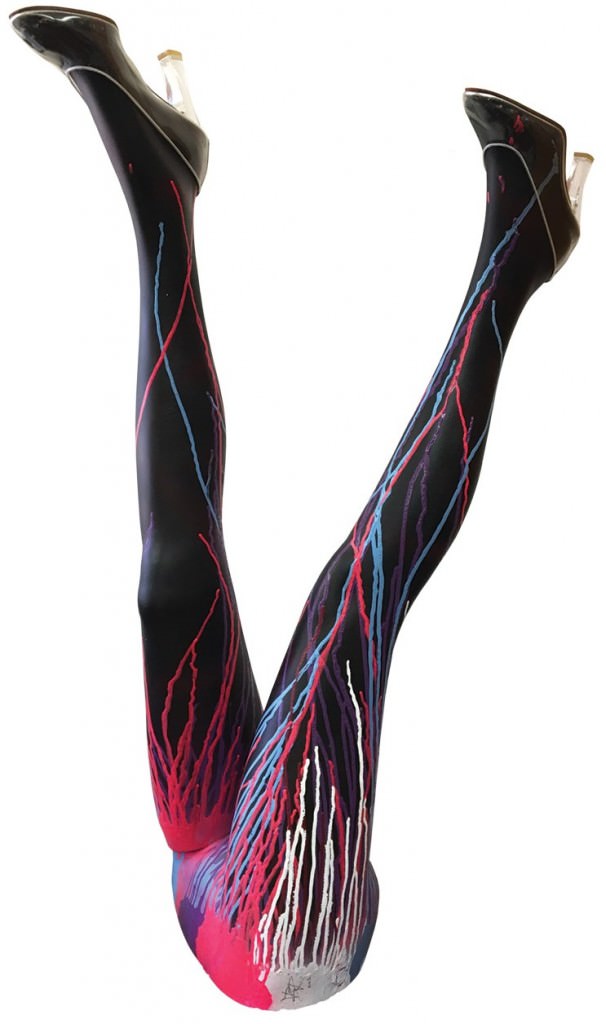
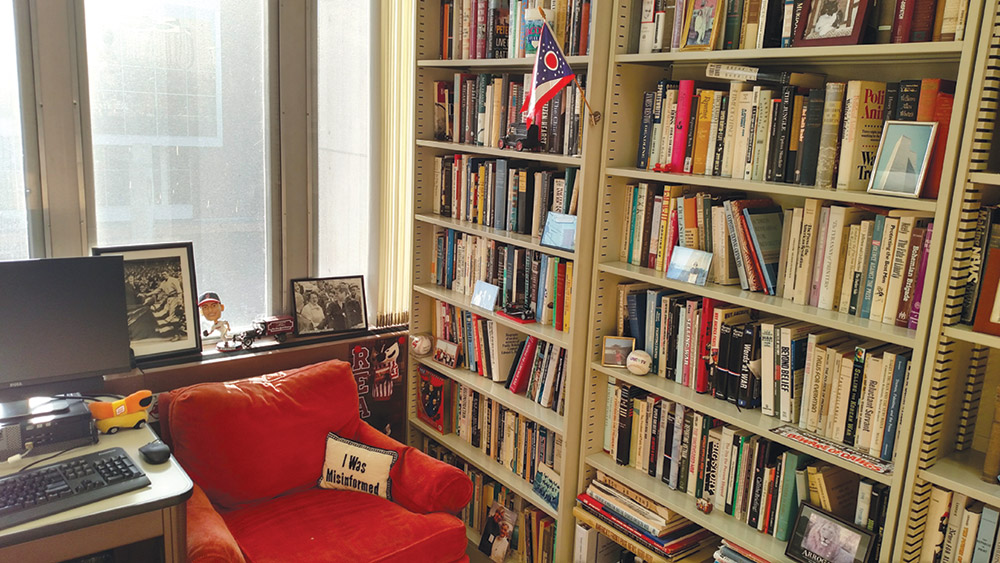
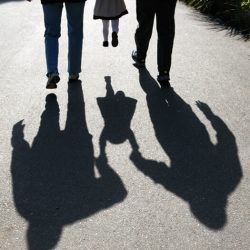
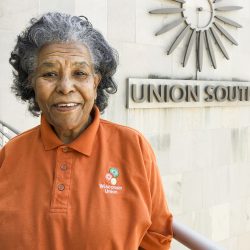
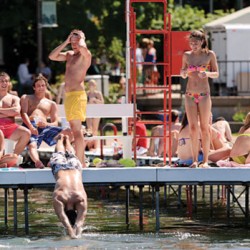
Comments
No comments posted yet.